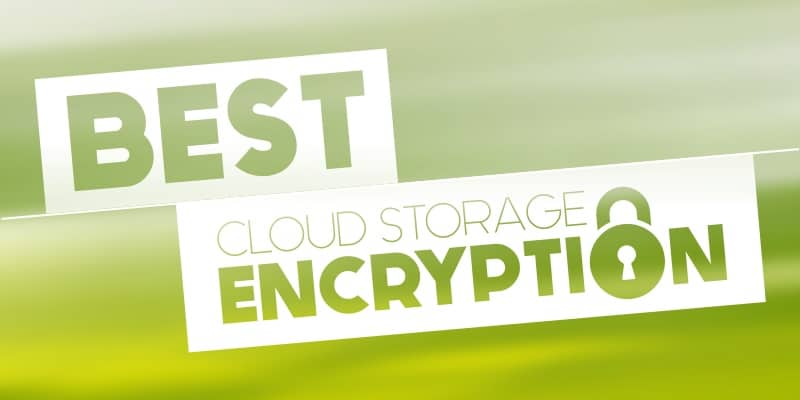Best Home Cloud Storage For Mac 2017
Perhaps unsurprising to WIndows users but likely confusing for Mac users: The only way to see previous versions of backed-up files in IDrive is to right-click or Control-click them and choose “View previous versions” from the resulting contextual menu. Then a new pane appears at the bottom of the window, displaying older versions of the selected file. If the amount of data you want to back up is well under the 2 TB limit and features like indefinite retention and local destinations are more important to you than saving $20 per year, IDrive is well worth your consideration.
But my primary cloud storage service is a 1TB Dropbox account. On my Mac, my Dropbox sits at the top-level in my account folder, and everything else is stored in sub-folders within this. The Best Cloud Storage and File-Sharing Services of 2018 Why waste valuable storage space on your PC or phone when you can store your documents and media in the cloud and share it across devices?
Best Home Cloud Storage For Mac 2017 Keyboard
For data transfer, Carbonite provides 128-bit secure connection while a 448-bit Blowfish encryption is used for storage. File Sharing File sharing is available on Carbonite, but folder sharing is not. From the website dashboard, users can control shared files and determine who can view the selected files. Access Files Remotely Carbonite provides an excellent remote wipe features which allow users to delete files remotely from their computer.

Ubuntu One is also available on both Android and iOS. You can get more storage on I want to like Ubuntu One, but I've found that it has trouble running on Windows 7 and 8 at times, but not XP. If all I needed was a simple storage service that also included, I'd be fonder of Ubuntu One. For me, though, there are better services. And the winner is. So which is the best? I use all of them, but when it comes to the bread and butter work of cloud file serving, Dropbox is still the best of the best.
With 2TB, 3TB and (soon) 4TB versions My Cloud is as capacious as any single drive backup solution currently available. It supports automatic backups on Windows using its own ‘SmartWare’ software and TimeMachine for Macs. There is also a USB 3.0 port for connecting additional storage or initiating direct downloads from cameras but, perhaps surprisingly, this doesn’t support printers or network connectivity. The latter is left to Gigabit Ethernet. When it comes to its NAS aspirations the My Cloud is also relatively simple.
He has set up more backup systems, from NAS to cloud storage, for family members and friends than he cares to count. Samara Lynn has worked with networked storage since the 1990s, spending almost 20 years in IT.  She has tested most of the major home and small-business NAS devices over the past seven years for a variety of tech magazines and websites, including PCMag, CRN, and CRN Tech. Who this is for. A network-attached storage device, or NAS, is a small always-on computer generally used for backing up computers and serving files to devices on your local network. It includes at least one but usually two (or more) hard-drive bays, a (usually) Linux-based operating system optimized for network storage, and enough CPU power and RAM to do everything it needs to do while using far less power than a repurposed old computer.
She has tested most of the major home and small-business NAS devices over the past seven years for a variety of tech magazines and websites, including PCMag, CRN, and CRN Tech. Who this is for. A network-attached storage device, or NAS, is a small always-on computer generally used for backing up computers and serving files to devices on your local network. It includes at least one but usually two (or more) hard-drive bays, a (usually) Linux-based operating system optimized for network storage, and enough CPU power and RAM to do everything it needs to do while using far less power than a repurposed old computer.
Businesses can store and distribute documents, media, applications and other types of files; implement backup, archiving and disaster-recovery systems; and host their website on Amazon's servers. Amazon S3 is free and comes with 5 GB of storage and 15 GB of data transfer a year. Tiered pricing is available for additional storage and bandwidth needs.